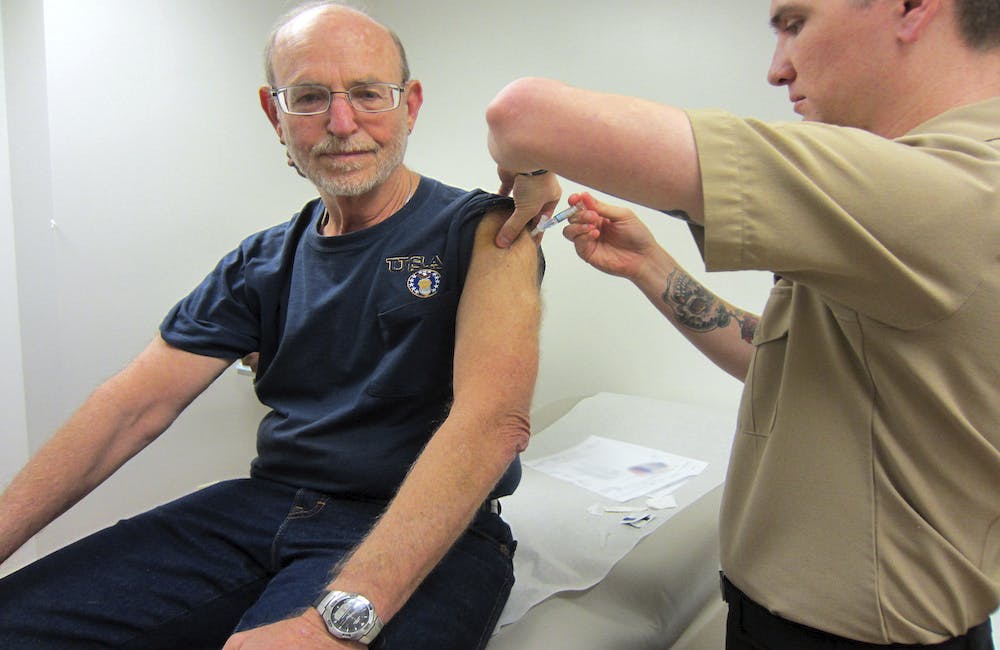VA Backs Cerner EHR System Amid Next Phases
Deputy Secretary Remy details next steps of EHR rollout, emphasizing patient safety and improved governance.

The Department of Veterans Affairs is backing the agency’s upcoming new electronic health record software as it navigates the next phases of the program.
Deputy Secretary Donald Remy entered his role just as the agency completed a strategic review of the program, which uncovered challenges with the initial implementation strategy around training, management and governance, but not the technology itself.
Remy told members of the House Veterans Affairs Technology Modernization Subcommittee Nov. 2 that the Cerner system, along with the majority of its IT functions, are operational and effective, and that the agency now is working to realign its management structure.
“The Cerner EHR system works,” Remy said. “We’re making a big change … to [a system] that will provide standardized workflows across the enterprise. This change, I believe, will benefit veterans and providers over the long run, but it is a difficult transition, one that goes beyond just the technology of the system itself.”
As part of its new governance structure, Remy said that VA is actively recruiting for a new executive position that would be installed between the deputy secretary and the EHR modernization program office. This role would boost accountability and visibility, as well as lead change management across the program.
“Throughout this history of this project, silos have been unintentionally created within VA … now it’s my job to make sure every key stakeholder has a voice in EHRM. Not only in building the system, but in testing the system, in training on the system,” Remy said. “That’s why we’re working with veterans, with providers, Cerner and our VHA functional champion to integrate site readiness activities by embracing change management.”
During a House Appropriations Subcommittee on Military Construction and Veterans Affairs hearing last month, Remy said that VA is taking its lessons learned from initial implementation to better position the program for successful deployment.
“Those lessons learned are helping us make necessary enterprise changes to mitigate similar issues at future sites and to improve the user experience and adoption,” Remy said at the hearing. “My goal is to lead this unified, enterprise-wide effort and make the best use of our resources as we implement this system across the enterprise.”
In regard to concerns around patient safety, VA developed a new strategy that involves a multi-disciplinary safety team monitoring and mitigating in real time any potential issues, Remy said.
“We’re talking to our clinicians [and] our practitioners. We’re understanding the concerns that might arise from our veteran community, and we’re putting in place protective processes to evaluate, as the system rolls out and in the training, to make sure we’re focused on things that might create a patient safety concern,” Remy said.
This is a carousel with manually rotating slides. Use Next and Previous buttons to navigate or jump to a slide with the slide dots
-

CDC Updates Public Health Data Strategy
Accelerating data sharing through capabilities like electronic case reporting make up a large portion of the new two-year plan.
3m read -

VA Kicks Off EHR Program at Joint Facility with DOD
The agency's Dr. Neil Evans briefed how the Oracle-Cerner program rollout in North Chicago is informing next steps in EHR modernization.
4m read -

Health Agencies Tout Standards in Data Sharing, Interoperability
Officials from CMS, ONC and HHS spoke about data standards and how to help smaller health organizations make modernization progress.
3m read -

VHA Preparing for AI, Interoperable Future
The agency is spearheading initiatives to expand health care to veterans, including emerging technology and electronic health records.
6m watch








